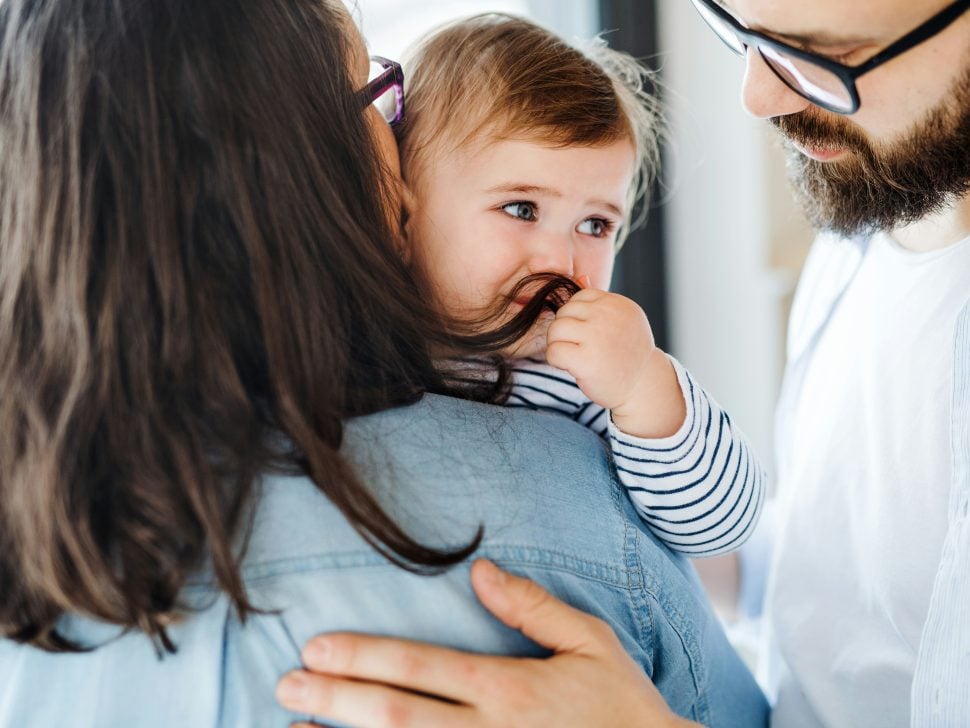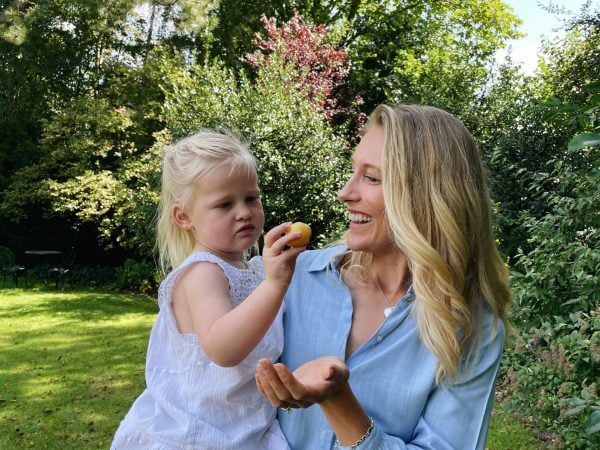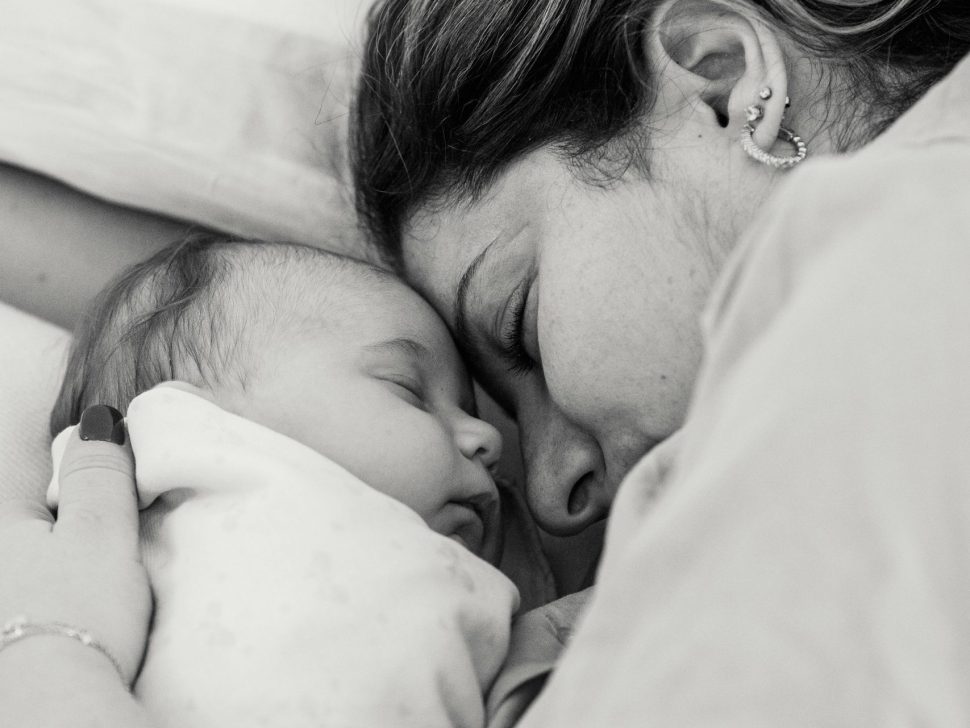Love Through Loss Doula
Hello, my name is Leonie. I’m a mum, wife and an empathetic full spectrum Doula, with a focus on Pregnancy Loss. My family and I live in the Northern Beaches. I love nature, friends, animals and volunteering in the community.
After my own experience with loss, I’m passionate to help other bereaved parents. As a ‘loss’ Doula and peer, I offer reassurance, support and resources. I’m here to walk alongside you, holding space with empathy and understanding, during this difficult time. Aiming to assist you and your loved ones in having the most meaningful and peaceful transition possible. Whether that is the first or last breath, and sadly sometimes both.














